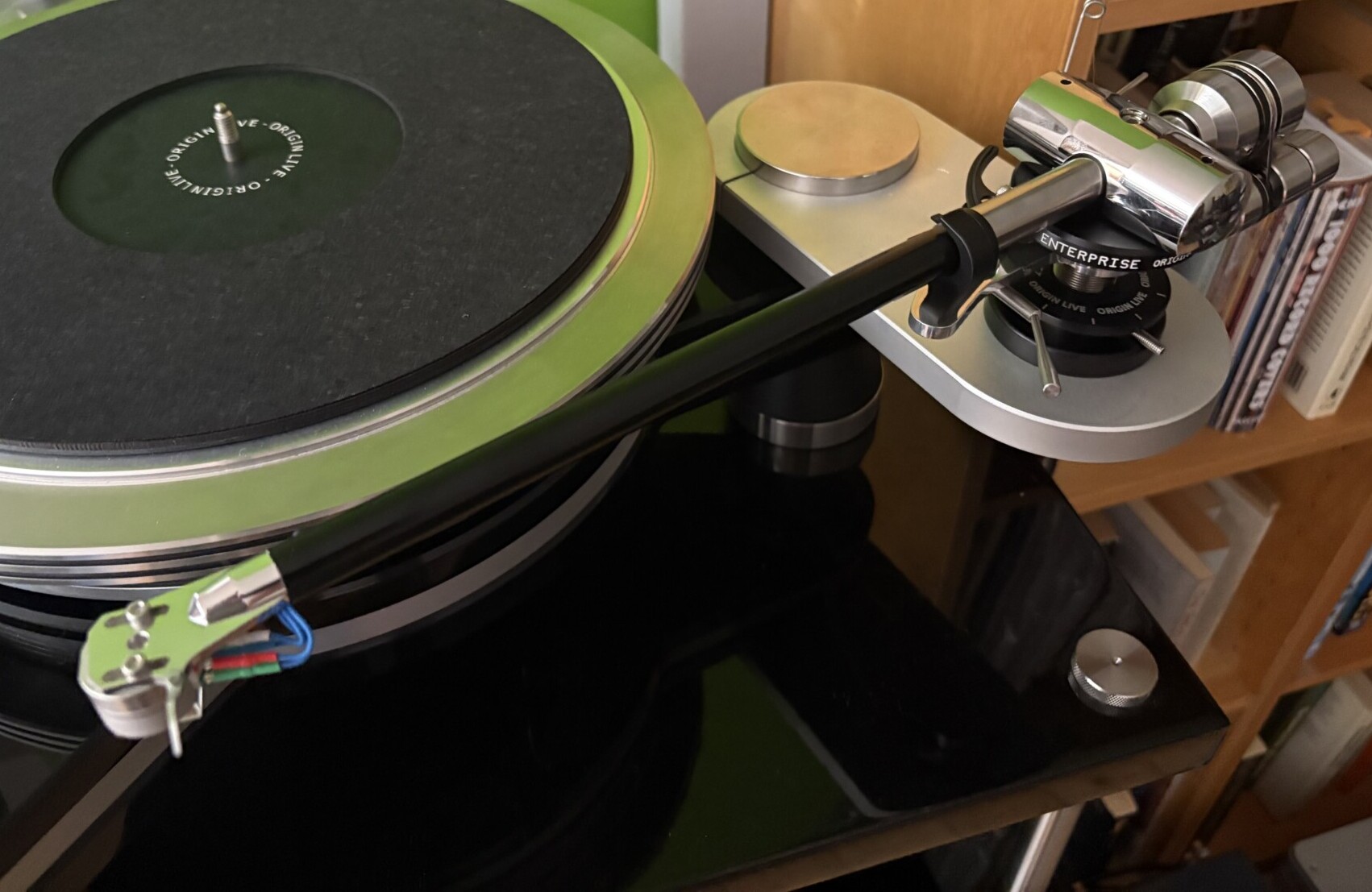Installation notes
By Roy Gregory

Considering that Origin Live’s Enterprise tonearm looks (at least outwardly) like a thoroughly conventional tonearm, you might wonder why it warrants a separate article to discuss its mechanical design and the intricacies of installation. With genuinely distinctive tonearms from Kuzma, Thales and SUPATRAC on hand (not to mention a host of VPI JMWs) what makes the Origin Live worthy of such attention? The answer is that there’s more here than meets the eye – and considerably more than the (what is by today’s standards) surprisingly modest price suggests. Origin Live has ever adopted an incremental, experiential and evolutionary approach to its product development. It’s also long on engineering and refreshingly free from leaps of faith. The arm under review, the Enterprise, is both the product of forty years of research and refinement and the most affordable of OL’s top-line tonearms, with the Agile and Renown sitting above it. There’s a clear logic to its approach and construction, an undeniable elegance to its appearance and operation.
Not just a very stiff thing…
There was a saying, prevalent at one time in the UK audio industry. “There’s tight – and then there’s Linn tight…” It has become ingrained into generations of audiophiles ever since. Bolts are to be tightened – almost to destruction – and nothing can ever be too rigid. Whether you are talking about tightening cartridge bolts or the lock nuts on spikes, tighter has often been considered to be better. It was a rule applied with gusto to tonearms, where rigidity became a byword for performance. If not the whole function of a tonearm, then a major goal was to carry excess mechanical energy away from the cartridge/generator, through the arm’s structure to be dissipated (on the natural assumption that you’d be using an LP12) in the turntable’s suspension.
It is not a philosophy subscribed to by Origin Live.
Instead, looking at the design of the Enterprise as a whole, we see a carefully tuned cascade of controlled resonance and dissipation, with lossy junctions and damping elements spread throughout the structure and even placed between the cartridge and the headshell – of which more later. In other words, the tonearm is designed to accept and dissipate energy generated by the cartridge, while at the same time, not adding any resonant input of its own. This is about reducing structural resonance and eliminating reflected energy or spikes that would otherwise impact the sensitive cartridge. That requires a careful mix of the rigid and the flexible, a combination that it takes time and experience to evolve. So – perfectly in line with Origin Live’s incremental, experimental approach then!
Those bearings…
Let’s start with the bearings, the thing that tends to separate and classify all tonearms. Although it offers the appearance of a conventional, gimbal-bearing tonearm, which might be considered the traditional approach for UK manufacturers (one that does indeed feature on other Origin Live tonearms) appearances can be deceptive. The Enterprise and OL’s other top-line tonearms use a hybrid bearing design: horizontal motion depends on a vertical shaft running in a pair of ball races; vertical motion is achieved through a pair of downward facing, needle points, sitting in retaining cups. Whilst some might point to a similar (vertical bearing) arrangement in the Kuzma 4Point tonearms, or even the SME 3009, the Origin Live solution is distinctive for a number of reasons.

